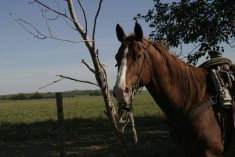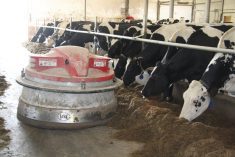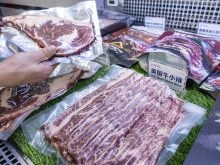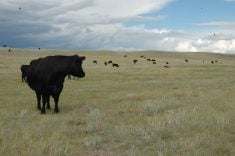PIPESTONE, Man. – Bovine viral diarrhea, commonly known as BVD, can steal profits from cattle ranchers just as surely as a thief steals cash, a veterinarian told a recent beef production seminar in Pipestone.
Once it gets into a herd, it cycles through from cow to calf each year, leading to outbreaks of scours and pneumonia at calving, increased treatment costs and dead calves.
In 2003, a study of 29,000 cattle in Saskatchewan and Alberta found that nine percent of the 250 herds were harbouring a persistently infected calf. Such animals, which are infected during gestation, to shed the BVD
Read Also
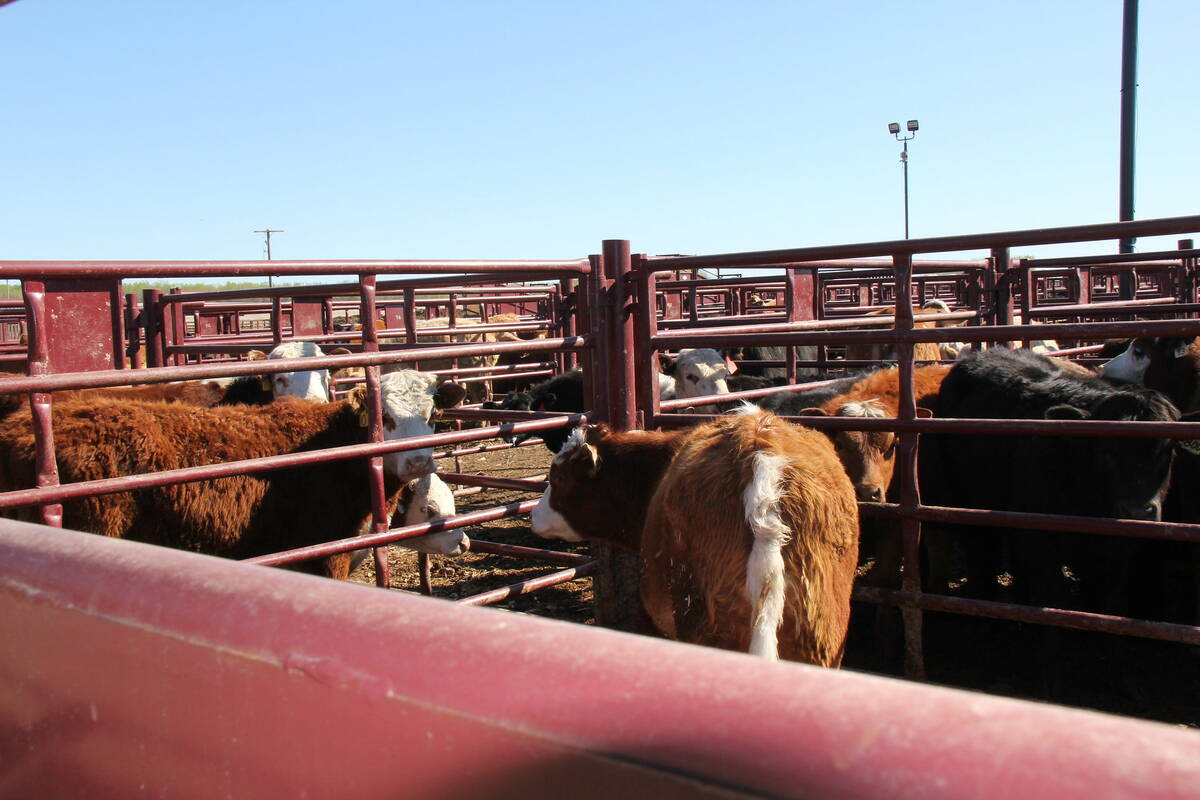
Livestock movement scanner looks for proving ground
The Canadian Cattle Identification Agency (CCIA) will test new technology intended to simplify the recording of animal movements, linked to proposed federal livestock traceability regulations.
virus.
Nadine Thiry, who practises at the Virden Animal Hospital in Virden, Man., said ear clip testing is the only way to know for sure if BVD is at the root of problems in a herd.
“None of them thought they had any. Eighty percent of the herds had been vaccinated for BVD.”
In the study, herds with persistently infected calves showed weaning weights that averaged 26 pounds lighter in the fall.
“That’s about $30. If you’re selling 100 calves, that’s $3,000. That’s a big hit to the pocketbook.”
Researchers have identified two strains of the virus. Current vaccines combine both to offer some protection, but no vaccine offers 100 percent protection.
Thiry said persistently infected animals shed large amounts of the virus, weakening immunity in the herd and exposing animals to other problems.
“One thing you can see is subclinical disease, or immuno-suppression,” she said.
“It’s there but you don’t know it is there; it’s riding underneath the curve.”
Mucosal disease, which is a strong indicator of a persistently infected calf, results in mouth sores and causes calves to go off their feed and suffer from diarrhea.
One persistently infected calf in the herd can cause outbreaks of scours and pneumonia during calving that can result in serious death losses and expense in treating and retreating calves.
“Because it’s a virus, no antibiotic is actually going to treat the BVD,” she said.
“What you’re doing is trying to treat secondary bacterial infections. You’re just giving its body a chance to fight it off.”
Acute fatal diarrhea often results in young, non-persistently infected calves that have come in contact with the virus because their immune system is still vulnerable.
Bloody diarrhea in fall-weaned calves, which often leads producers to suspect and treat for coccidiosis, can be fatal.
“If you see a calf with bloody diarrhea that dies, be highly suspicious that it is BVD.”
In pregnant cows, BVD can cause early spontaneous abortions or absorbed fetuses, with the cows coming back into estrus a month after breeding.
Other signs include an increased number of heat cycles, stillbirths, weakened calves at birth and congenital abnormalities such as shaky calves, dome shaped heads and scarred eyes.
BVD is transmitted by contact with an animal that is shedding the virus, and ingesting or inhaling contaminated saliva, feces or nasal discharge. This results in transiently infected calves, which shed the virus for about 10 days. Animal-to-animal infection can occur in less than an hour.
“(Persistently infected) calves shed virus their entire life, and they shed it in huge, huge numbers,” Thiry said, adding the virus can remain viable outside a host for up to two weeks, especially in damp spring or fall weather.
Transmission from infected cow to fetus between one to four months gestation is most troublesome because if the fetus survives, it will carry the virus for its entire life, often without obvious symptoms.
With no immune system to mount a defence, a fetal calf infected with BVD at this stage is turned into a virus-producing factory.
“As long as that calf is alive and breathing in your herd, he’s shedding BVD,” she said.
“It comes from just about every bodily secretion you can imagine: nasal discharge, urine, milk, tears and semen. It doesn’t take long for that calf to spread the virus to all your other calves.”
Infection continues
Persistently infected cows, if they live long enough to breed, will produce only persistently infected calves.
Many die early, or survive as “poor doers.”
However, half of them can blend into the herd and cause grief.
“We used to think we could go out into the herd and there would be the runt or the dink in the corner of the pen and think, ‘oh, that’s the (persistently infected) calf,'” she said.
“That’s no longer the case anymore. Fifty percent of the time you look at that calf and think there’s a steer that’s going to wean at 700 pounds. You don’t know that he’s been shedding the virus all along.”
Finding and destroying persistently infected calves is critical to getting rid of the disease, she said. New animals should be quarantined and tested before being allowed to join the main herd.
Regular vaccinations and boosters are important, especially for cows a few weeks before breeding season.



